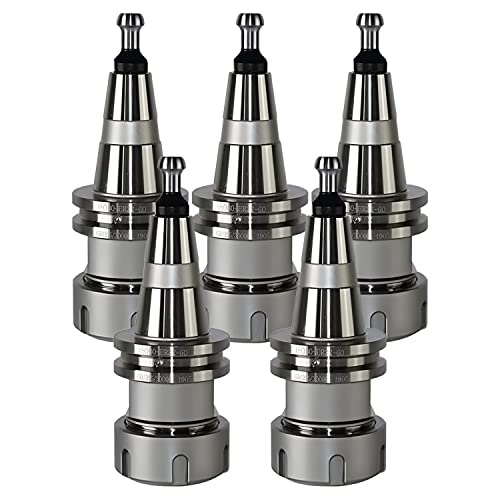d-m
Well-Known Member
- Joined
- Mar 20, 2008
- Messages
- 211
- Reaction score
- 5
Hi Stan
I knew someone may ask that, this is the second shaft I have made the first one was about half the size. Wile trying to work the run out, out of the chuck I lost more than half of what I had. I am sure that when I get to the point were I am happy with the run out I won't have much shaft left on this one and will need to start all over again :big: :big:
This has been challenging for me I have one more ideal to releave the run out if that fails I may just have to give up and become a wood butcher :big:
Dave
I knew someone may ask that, this is the second shaft I have made the first one was about half the size. Wile trying to work the run out, out of the chuck I lost more than half of what I had. I am sure that when I get to the point were I am happy with the run out I won't have much shaft left on this one and will need to start all over again :big: :big:
This has been challenging for me I have one more ideal to releave the run out if that fails I may just have to give up and become a wood butcher :big:
Dave

















![MeshMagic 3D Free 3D Modeling Software [Download]](https://m.media-amazon.com/images/I/B1U+p8ewjGS._SL500_.png)




















![DreamPlan Home Design and Landscaping Software Free for Windows [PC Download]](https://m.media-amazon.com/images/I/51kvZH2dVLL._SL500_.jpg)





















![TurboCAD 2020 Designer [PC Download]](https://m.media-amazon.com/images/I/51UKfAHH1LL._SL500_.jpg)
















